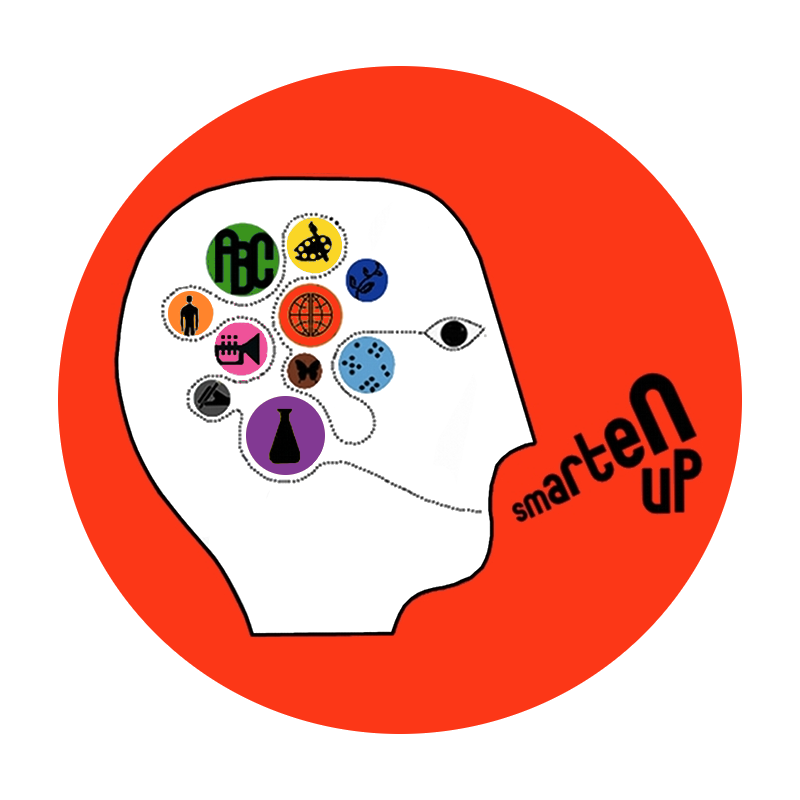While learning seems like a fairly automatic process, it is actually a pretty complicated one. That’s because in order for a piece of information to really stick in the brain, and stay stuck, we have to make sure that it gets to the right “place.” That way, when we need it to answer a question on a test, connect a string of ideas in an essay, or find our way from school back home, our mind knows where to find that piece of data in order to help us solve the problem at hand. So the question is, how to we make knowledge more sticky?
You can think of your brain like a giant closet, and yourself like a shopaholic. All of the items you see in the store are like the data coming into your sensory memory. You will purchase what looks good, and pass on the rest. Then, your working memory will kick in to either decide if you want to return an item you are not so hot on, or if it is appealing enough to place in a pile with other similar articles or objects. Last, once you have sorted through your purchases and identified “the keepers,” it is time for you to put everything away some place safe where you will be able to find it again. This is like your long-term memory building schema. Whether you sort your items by color, use, size, or shape doesn’t matter, so long as there is an organized system that you can rely on to track them down whenever necessary. The stronger and more thoughtful that organizational strategy is the better.
When we learn, our brains are constantly working through this process. Whether in a classroom, or sitting at home, we tune out distractions and extraneous information, focus on identifying the main ideas and supporting details or explanations, and create a strategy for building that information into a sticky schema.
For the brainiacs this happens fairly automatically; their minds are like a giant gob of super glue - everything just sticks. The process isn’t quite so simple for those hard-working A students; instead, this group knows how to use subject-appropriate mnemonic devices, graphic organizers, and other processing tools to sort their knowledge into well-defined, easily accessible chunks. Lacking an organized system for schema development, the last group of students, will try really hard to remember everything, but lose most of it in the process. Some bits of knowledge will be passed over by the sensory memory as unimportant, other ideas won’t make it past the confines of working memory, and the parts that stick in long-term memory just won’t be enough to build a useful schema come test time.
That's why it is so important for instructors and parents to teacher their child how to learn. Any successful person has developed a repertoire of organizational and study skills over the years. Some are super efficient, others are less useful. But, the point is to have a "toolbox" full of strategies, and to understand when, where, and how to apply each one.


